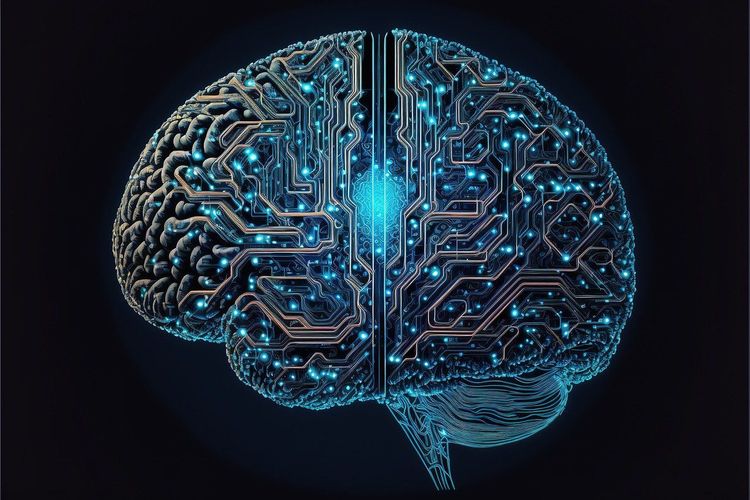Researchers from Google and MIT have pioneered a groundbreaking method for training AI image models using entirely synthetic data, significantly streamlining the laborious task of dataset collection. Their approach, called SynCLR, equips AI models to recognize visuals through the use of synthetic images and captions, as detailed in a recent paper.
The team utilized a seven-billion-parameter version of Meta’s Llama 2 to generate image captions. They then employed OpenAI’s GPT-4 to curate appropriate backgrounds for the selected concepts, aimed at enhancing the believability of the caption scenarios. These AI-generated captions were compiled to train Stable Diffusion, an image generation model tasked with producing images that accurately correspond to each synthetic caption. The culmination of this effort resulted in a dataset named SynCaps-150M, which comprises an impressive 150 million systematically generated captions paired with images. However, this dataset is currently awaiting approval before it can be released, and the generated images remain inaccessible, with the researchers indicating on GitHub their intention to explore potential release options.
### Infinite Examples Through Synthetic Data
The use of synthetic data created by large language models (LLMs) is not a novel concept; for instance, OpenAI’s DALL-E 3 primarily relies on synthetic data for its functionalities. Nonetheless, the SynCLR methodology stands out as it integrates multiple systems to generate various data layers—from initial captions to backgrounds and ultimately the images themselves—resulting in enhanced quality within the synthetic dataset. The researchers noted that the initial attempts using Meta’s Llama struggled with generating relevant captions, particularly when integrating location context. By employing GPT-4, the integration of random backgrounds improved the accuracy and relevance of the resultant images.
Constructing AI systems and gathering the requisite data for building the foundational components of these models is typically resource-intensive, requiring considerable time and investment due to high computational costs. The synthetic approach adopted in SynCLR promises to alleviate financial burdens for developers, as utilizing off-the-shelf systems or lower-parameter open-source models to generate relevant data could lead to substantial savings. Moreover, by diminishing reliance on real-world data, SynCLR helps mitigate the biases common in typical image datasets.
The paper highlights, “These models provide the flexibility to produce an infinite number of samples (albeit with finite diversity) and allow for controlled generation through textual inputs. Generative models present a practical and effective method for curating training data.”
### Advances in Synthetic Generation
SynCLR represents one of several initiatives from Google and MIT in synthetic data generation. In November 2023, they introduced StableRep, which aimed to train AI models with AI-generated images. While this approach yielded highly detailed images, the overall process was slower, potentially increasing user computation costs.
In terms of performance, the researchers deployed the SynCaps-150M dataset to enhance the ViT-B and ViT-L models, achieving commendable results when benchmarked against notable visual learning systems, including OpenAI’s CLIP and DINO v2. In challenging dense prediction tasks such as semantic segmentation, SynCLR demonstrated superior performance compared to conventional self-supervised methods like StableRep.
To further enhance the system’s capabilities, the authors suggested the inclusion of additional datasets encompassing new concepts not originally included. They also proposed leveraging more advanced LLMs, suggesting the potential benefits of using a larger parameter model than Llama 2-7B to generate a more sophisticated set of captions.
In conclusion, the researchers have established a new paradigm for visual representation learning through generative models, highlighting that SynCLR successfully learns visual representations comparable to those produced by leading visual representation learners, all without reliance on real-world data. This innovative approach holds significant promise for the future of synthetic data generation in AI.







